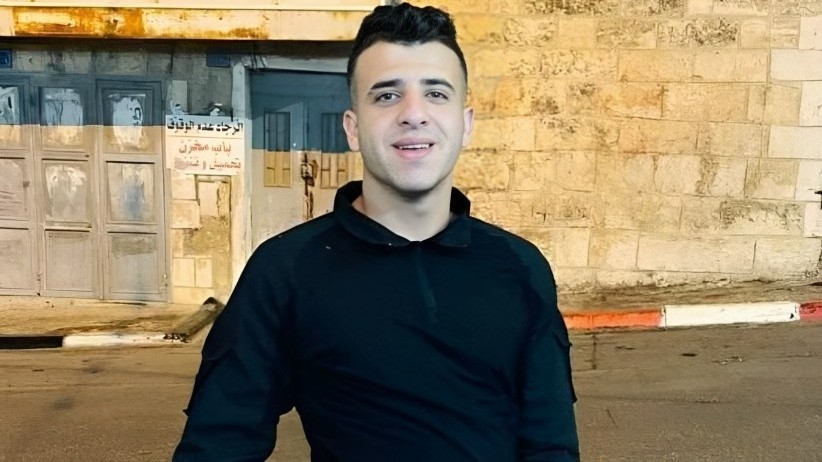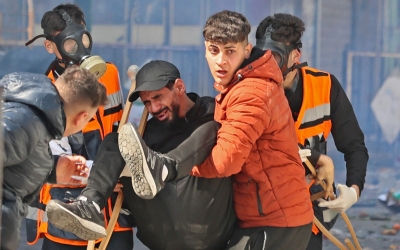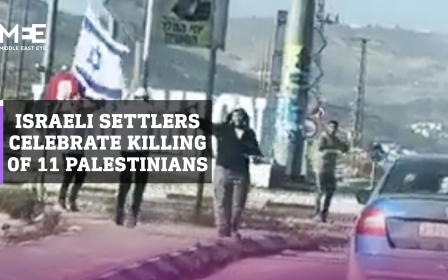Off-duty Palestinian police officer shot by Israeli forces dies from wounds

A Palestinian man died on Friday after succumbing to gunshot wounds he suffered from Israeli forces in the occupied West Bank on Thursday.
Muhammad Ismail Jawabreh, 22, was critically wounded after being shot in the head during confrontations in Al-Aroub camp north of Hebron, the Palestinian health ministry said.
According to eyewitness accounts, Jawabreh - reportedly a member of the Palestinian police force - was shot by an Israeli sniper while helping his neighbours near his house at the camp.
He was admitted to intensive care at Al-Ahly Hospital but died less than 24 hours after his injury.
"The medical staff worked hard to save his life, but he died of his injuries," medical sources told Wafa news agency.
There was no immediate comment from the Israeli army.
Elsewhere on Friday, Israeli settlers shot and seriously wounded two Palestinians near Nablus, according to the Palestinian health ministry.
Jawabreh was the 14th Palestinian killed by Israeli troops this week.
On Wednesday, Israeli forces killed 11 Palestinians in Nablus, including a child and three elderly people, and wounded more than 100 others.
More than 60 Israeli military vehicles stormed Nablus after an undercover force was spotted in the historic Old City, eyewitnesses told Middle East Eye.
Palestinian groups across Gaza, the occupied West Bank, and occupied East Jerusalem launched a general strike on Thursday following the raid.
Israel's military launched air strikes on the Gaza Strip on Thursday morning after rockets were fired from the besieged Palestinian enclave towards Israel.
Jawabreh's killing brings the Palestinian death toll this year to 62, at a rate of more than one fatality per day.
This follows a steep increase in violence in 2022 when at least 167 Palestinians were killed in the West Bank and East Jerusalem, the highest death toll in those territories in a single year since the Second Intifada.
Meanwhile, Palestinians killed 30 Israelis last year and 10 this year.
Middle East Eye propose une couverture et une analyse indépendantes et incomparables du Moyen-Orient, de l’Afrique du Nord et d’autres régions du monde. Pour en savoir plus sur la reprise de ce contenu et les frais qui s’appliquent, veuillez remplir ce formulaire [en anglais]. Pour en savoir plus sur MEE, cliquez ici [en anglais].





